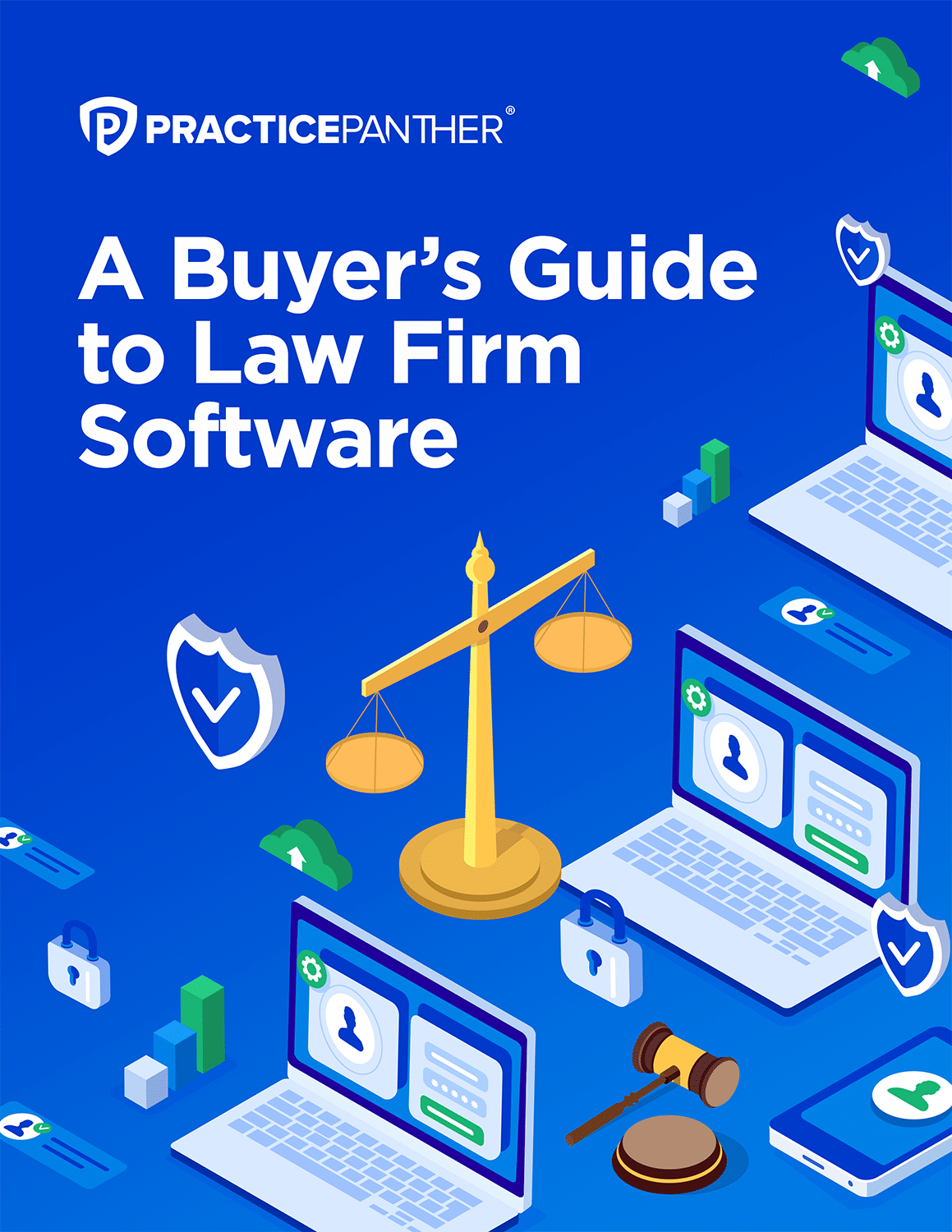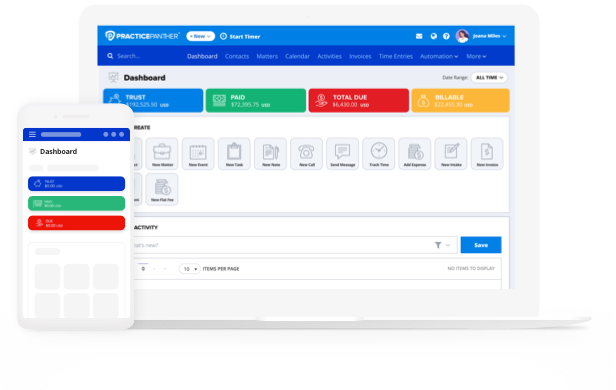Legal writing is an essential skill that lawyers, paralegals, and legal professionals will use throughout their careers. A case brief is one of the key documents lawyers will use to identify the issue in a case, cite it to the authority, and establish a legal argument.
Having a legal brief template in legal practice management software makes this process much more efficient, especially for new lawyers. Learn all you need to know about case brief templates.
What Is a Case Brief?
A case brief is a document that presents your side of the argument vs. the opposing side. It details why the client should win or why another outcome should be supported by the judge or court official. It provides contextual information before a court appearance and establishes your legal argument.
As you may imagine, this is a crucial part of the process. Your legal brief can make or break your case before it ever sees a courtroom, so it’s essential that you know how to draft briefs effectively.
Legal briefs should include:
- Case Name: Legal briefs begin with the name of the plaintiff and defendant, formatted as plaintiff v defendant.
- Parties Involved: The names of the plaintiff and defendant can be clearly stated or abbreviated as P (plaintiff) or D (defendant).
- Stage of Litigation: The current stage of litigation should be included in the brief, such as whether it’s currently at trial, in appeal, and at what level of court. Only include applicable details, however.
- Legal Issue: This section fleshes out the legal issue that’s being addressed in court. Simply put, this is the reason both parties are going to court.
- Relevant Facts: This section will be the bulk of the brief and includes any relevant facts that support your argument. Often, law students and new lawyers struggle with this section, and tend to include a lot of extraneous information.
- Rule of Law: This section covers the rules of law that apply to the case. The rule of law may be something well established, or in landmark cases, there may be a new unprecedented rule applied.
- Argument: Now is the time to present your side of the case and your argument. It can include the rule of law applied by the court or the facts listed previously in the brief.
- Conclusion: This is a brief summary of the important details in the document.
What Is a Law School Case Brief?
Case law, which involves reviewing and analyzing a compilation of actual past legal cases, is a key component of studying and learning in law schools. The case briefs are a set of notes composed of important points in each assigned case that will be used for class discussions and assignments.
This process is a little different than drafting briefs as a practicing lawyer, as law students must read a case, deconstruct it, then put it back together to learn the process on their own. The skills and knowledge gained from this process are important for class discussions and provide outline notes for exams as a quick reference.
Types of Case Briefs
- Case Summary: The case summary is a summary that presents the facts of the case in a condensed form to make it easier to read and study.
- Detailed Brief: A detailed brief provides a comprehensive analysis of the case, including legal reasoning and analysis.
- Appellate Brief: An appellate brief is a written legal document that’s presented to an appellate court to persuade the higher court to uphold or reverse the decision a court has made.
Sample Case Brief Template
Here are some examples of commonly used case brief templates:
How to Write a Case Brief Template
Each case will have its own unique details, but they should all include only the most important details and the following headings:
- Title and citation
- Rule of Law
- Facts
- Issues
- Holding and Reasoning
- Concurrence
- Dissent
The following information should be included in every brief:
The Facts of the Case
The facts of the case should include:
- The cause of action
- An identification of the plaintiff and defendant to the case by party name
- The operative facts of the case that led to a dispute between the parties
- The trial court’s holding
- The appellate court’s holding
- The plaintiff and defendant should be clearly identified at the start.
The Legal Issue
The legal issue is the legal question, not the factual information, phrased as a “yes” or “no” question. Avoid any ambiguity.
Rule of Law
The rule of law is the legal principle that the court is resting its decision upon. It may include multiple rules of law or legal principles, but for the purpose of the brief, the task is to determine the rule of law and formulate it into one sentence.
Holding and Reasoning
The facts and legal issues have been identified, so now it’s time to explain how the court ruled. Begin by answering the question posed in the issue section, then explain the relevant legal principles used to decide the case and how those principles were applied, followed by the court’s conclusion. You should also include the procedural disposition and any relevant statutes used to render an opinion.
Concurrences and Dissents
Concurrences and dissents should be covered in the brief. Because they’re short, your summary should also be short but specific.
Your brief should be, well, brief. Generally, briefs should not exceed 600 words without the concurrences and dissents.
Automate the Case Brief Process
Documents are a big part of running a law firm, but they can be time-consuming and error-prone, especially when you’re dealing with different legal formatting. Streamlining legal documentation makes the entire process more efficient and accurate since every staff member is using the same formatting.
Legal practice management software with legal case management can automate the case brief process with custom templates to save time and remove redundant processes. There are plenty of tools to help, including custom template options and secure document storage.






